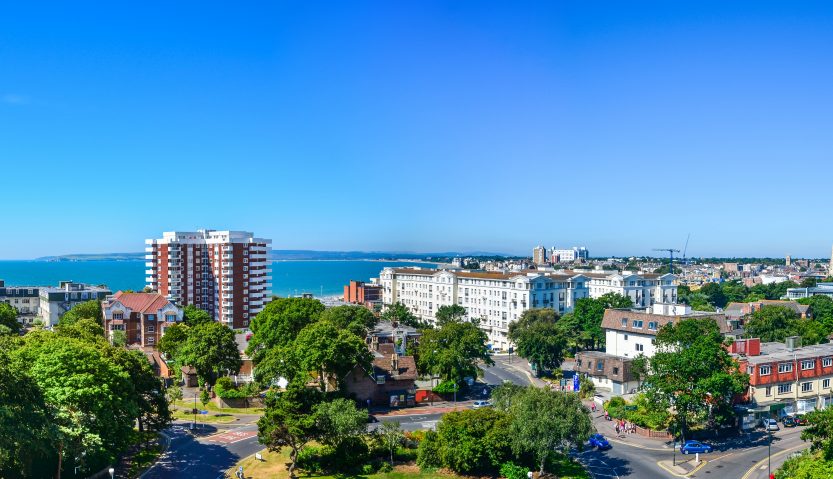Understanding people to make places safe
January 2023 | Claire Chapman
Understanding crime, including where it comes from and how people engage with it is important. It helps us understand places and address issues that may arise from crime and how to prioritise safety.
Whether inside or outside, at home, or in the public domain, when people feel safe and not at risk of harm, they are able to flourish. Improving safety can contribute to improved physical and mental wellbeing of individuals, and the comfort they feel in their surrounding environments. It can open access to opportunities such as employment, having a knock-on effect on issues of poverty or deprivation. It can also allow resources and support services to be redirected. Rather than these being focused on addressing issues caused by crime, they can be used to focus on issues leading to crime.
When it comes to making people and places safe, the focus should be protecting people from harm and reducing ‘risk’ of victimisation. This should go beyond methods of surveillance, such as alarms and cameras, and responsive policing and justice. It should take a preventative approach, where safety is addressed through understanding people who commit crimes and the contexts they come from and live in.
Crime data in the UK
To begin, it is useful to understand where the UK is currently sitting in relation to recorded crime data. However, it is worth noting that quantitative data on crime and victimisation is only so reliable and gives just part of the story. Data is collected differently across the UK meaning that making comparisons is difficult. There are also issues of a number of crimes going underreported for a range of reasons. People may feel unsafe from their perpetrator or authorities and therefore feel unable to report, or they may not identify themselves as a victim of crime.
Despite this, the data available does show a slight increase in crime in England, Wales and Northern Ireland over the last few years, with the crime rate for 2021-22 sitting at 79.52 per 1,000 people. In Scotland, the crime rate is substantially lower and is continually decreasing at 52.4 per 1,000 people in the same year. Whilst this can also be tied to methods of data collection, Scotland has been progressing with alternative, public health-based approaches to crime reduction3. Below national levels, certain places are more prone to these high levels of crime, which is not surprising when deprivation is considered. Looking at England, Middlesborough and Leeds have the greatest crime rates at 164 and 153 per 1,000 people respectively.
Across the entirety of the UK, the highest crime rates are in violent and sexual offences, anti-social behaviour, and public order. Whilst the latter two are decreasing; recorded violent and sexual offences are increasing, particularly for gender-based violence1. England and Wales are also expecting a rise of 23.7% in the prison population by 2026. This could have huge implications on places and current crime levels, especially issues relating to relapse into repeated criminal behaviour. It could put additional pressures on support services and worsen the delays that are already occurring within the criminal justice system.
Offender or victim?

Despite the negative societal associations that come with people who commit crime, what many do not consider is that more often than not, these people are victims of both crime and social harms. These individuals are from complex and victimised backgrounds leading to criminal behaviour – victims and offenders are often one in the same.
There is a strong relationship between socioeconomic status and offending, and poverty has the potential to generate the conditions that make these more likely. Sections of society who live in adverse conditions, with poor housing or low employment rates for example, can be doubly victimised by the conditions they live in and criminally by those who are around them. Individuals may have also experienced early victimisation or trauma, affecting their relationship with offending. People who offend are 1.5 to 7 times more likely than non-offenders to be victims, and victims are 2 to 7 times more likely than non-victims to offend. Failing to acknowledge the overlap between offending and victimisation can mean those in the criminal justice system are seen as ‘less deserving’ of support and compounds their marginalised position in society and their experiences of trauma.

It is important to understand people who offend in relation to the broader context of structural violence and social suffering they can face every day which shapes their behaviour. Taking time to understand people who offend and not painting them with the same negative and stereotyped labels is important, and places and communities have the ability to help build supportive relationships, provide the right services and respond to inequalities that people face. Knowing where people come from means we can make sense of their actions and make use of a preventative approach to crime, responding without stigma. As well nurturing safe environments and allowing people and places to flourish. This could play a substantial role in minimising victimisation and recriminalisation and supporting rehabilitation.
< Back to News, Views & Insights
More articles
What do the UK political parties have to say about placemaking?
19th June 2024The publication of Reform UK’s manifesto on Monday 17th June saw the last of the main UK-wide political parties release their proposed legislative pitch to the national electorate ahead of the General Election on Thursday 4th July. Now whilst much of the commentariat have understandably tended to hone in on the respective political parties’ plans […]

Making the most of the Three Investment Themes
24th April 2024The £20m endowment-style funding provided to Town Boards through the Long-Term Plan for Towns programme to allocate across three investment themes over the next decade represents a place-based approach to levelling-up which is forward-looking and agile in its approach. Whilst there is no requirement on how towns utilise funding across the three investment themes, the […]

What does art mean to you?
15th April 2024Many people think of art as painting, drawing – the visual arts you go to a gallery to see. But art is much more than that – its any object or experience that communicates an idea, an emotion, or a view of the world, and it can take many forms. ‘Art isn’t just what we […]